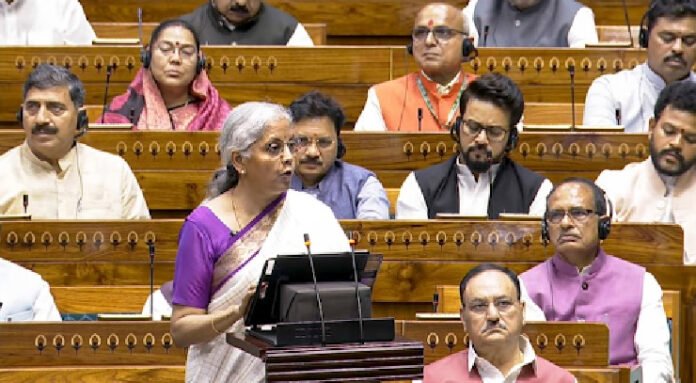New Delhi: The Government has announced a significant customs duty exemption on 18 categories of defence-related imports, effective September 22, 2025. The move, issued under the Customs Act, 1962 and Customs Tariff Act, 1975, aligns with the GST Council’s September 3 approval of a broader tax restructuring dubbed “GST 2.0.”
The exemptions are intended to reduce costs for procurement of advanced defence systems while fitting into a wider national strategy of modernising military capability alongside a simultaneous easing of consumer tax burdens through GST reforms.
The exemption list includes critical high-value equipment such as military transport aircraft, ship-launched missiles and rockets above 100 mm calibre, deep submergence rescue vessels, unmanned underwater vehicles, remotely piloted aircraft for military use, and flight motion simulators and their parts.
Additionally, it covers advanced support systems like ejection seats for fighter aircraft, software-defined radios, sonobuoys for naval air operations, high-performance drone batteries, and technical documentation or literature crucial to their handling and maintenance. Such inclusions are designed to provide direct relief to frontline platforms in air, sea, and land domains.
A major feature of the notification is its blanket extension of duty waivers to imported parts, spares, sub-assemblies, testing equipment, accessories, and tools for weapon systems including artillery, rifles, missiles, and aircraft. This ensures comprehensive supply-chain relief while lowering lifecycle costs of platform sustainment.
However, specific exclusions have been maintained for systems already in indigenous production or long-term inventory, such as the 12.7mm Stabilised Remote-Controlled Gun (SRCG), 155mm/45 Cal Dhanush artillery gun, 84mm RL MK-III, L-70 gun, AK-630 naval guns, MAG guns, and Light Machine Guns. By carving out such exceptions, the policy balances fiscal relief with protection of the domestic defence industrial base.
Strategically, the exemptions cover niche enablers of integrated warfare including target motion simulators, parts of high-altitude communication systems, low-noise amplifiers for missile integration, and rebreather or air-diving sets necessary for naval special operations.
Sub-assemblies for integrated underwater defence platforms have also been included, reflecting India’s emphasis on strengthening anti-submarine and undersea warfare capabilities. Parallel emphasis on drone batteries and communication devices indicates recognition of emerging domains such as unmanned operations, electronic warfare, and C4ISR.
By incorporating both frontline platforms and their enabling sub-systems into the waiver list, the Centre seeks to accelerate modernisation, enhance operational readiness, and plug critical supply gaps at a reduced tax burden.
The timing of the move alongside GST rationalisation highlights a dual objective: making household goods cheaper for civilians while ensuring the armed forces gain parity access to advanced equipment without fiscal barriers.
This harmonised tax strategy not only addresses defence preparedness by reducing dependence on high-cost foreign imports but also ensures a smooth interface between defence spending and macroeconomic tax policy.






